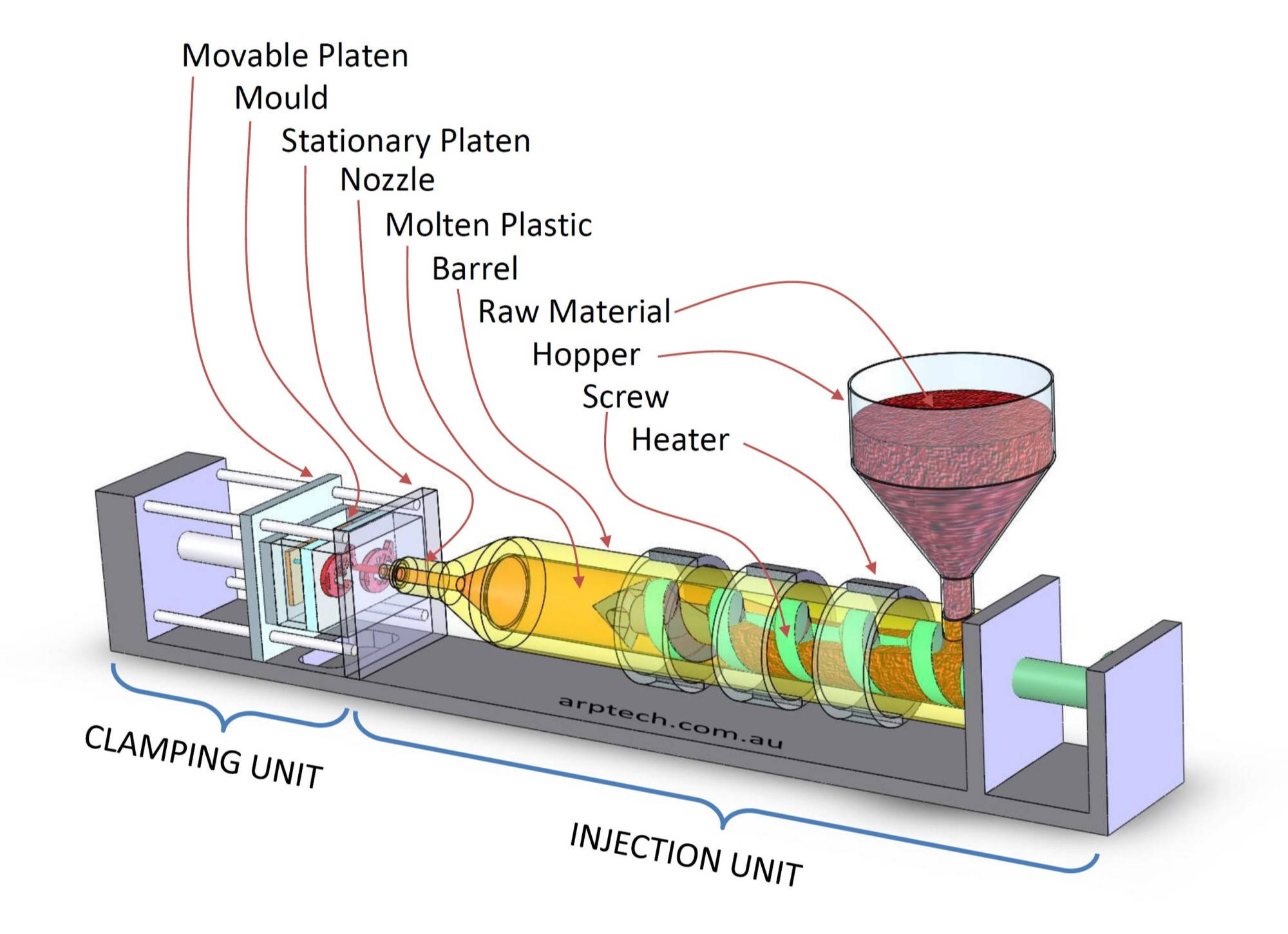In today's rapidly evolving manufacturing environment, online marketing has appeared as a transformative force for sectors like injection molding. Firms that previously relied solely on conventional marketing techniques are now finding the vast potential of online strategies to engage their audience, increase brand visibility, and increase revenue. As the requirement for precision-engineered plastic products continues to rise, it's essential for injection molding businesses to utilize the potential of internet channels to keep pace and significant in the market.
The rise of digital technologies has altered how organizations interact and connect with their clients. For plastic molding firms, embracing digital marketing not only creates new opportunities for customer acquisition but also improves customer connections. By focusing on tailored content, leveraging social platforms, and improving their online presence, manufacturers can define themselves as industry leaders and attract customers looking for cutting-edge options in the injection molding process. As we examine the key strategies and resources available, it's time to discover how digital strategies can transform the method plastic molding firms operate and prosper in this competitive landscape.
Understanding Injection Molding Techniques Techniques
Injection molding is a method of manufacturing that creates parts by forcing molten material into a form. This process is widely utilized for the production of plastic items, ranging from common items to complex parts for sectors such as the automotive industry and aerospace. The process facilitates high precision, consistency, and effectiveness, making it a popular option among producers.
There are different forms of injection molding methods that enhance the versatility of the method. Conventional injection molding is the most popular, where materials are heated and injected under force into a cavity. Other techniques, such as gas assisted injection molding and blow molding, offer unique benefits, enabling lighter products and intricate shapes. Comprehending these techniques is important for companies aiming to optimize their production processes and satisfy particular customer needs.
As industries change, so do the substances used in injection molding. Innovations in sustainable and recycled materials are increasingly popular, reflecting a movement towards sustainability. Manufacturers are increasingly focused on not only the effectiveness of their manufacturing processes but also the environmental impact of their processes. Incorporating advanced injection molding techniques and materials is vital for staying relevant in today's market.
Digital Strategies for Market Penetration
To effectively enter the market in the injection molding industry, businesses must utilize targeted digital marketing strategies that emphasize their distinct value offers. This begins with enhancing their web presence through a professionally crafted website that showcases their capabilities, products, and examples. Search engine optimization is crucial for attracting organic visitors. By using appropriate keywords related to the molding process, including sector-focused terms, companies can boost their search engine rankings, thus making it easier for prospective customers to locate them.
Social media platforms also serve a vital role in connecting with audiences and establishing brand awareness in the injection molding industry. Using platforms like LinkedIn for B2B engagement allows manufacturers to showcase industry expertise and network with key personnel. Distributing informative content, such as articles on developments in the technology, case studies, and market trends, can establish thought leadership, increase trust, and create leads. Engaging with followers through regular updates and interactions further strengthens these relationships.
Content marketing offers another powerful avenue for market penetration. By producing valuable content customized to the needs and preferences of specific customers, businesses can inform and engage potential clients about the benefits of their molding services. This could include blog posts, reports, and visual content that explore applications of the technology, efficiency benefits, and innovations in the field. Such content not only aids in attracting prospects but also boosts credibility and channels traffic toward the company's website, ultimately driving conversions and increasing market presence.
Measuring Success in Online Marketing Efforts
To successfully evaluate success in digital marketing campaigns for injection molding, it is important to set specific as well as targeted goals. These goals could include boosting website traffic, generating leads, or enhancing brand awareness. By defining measurable objectives, manufacturers can determine the performance of their advertising strategies and refine their efforts accordingly. Using tools like Google Analytics can provide insights into user activity, helping businesses identify which campaigns resonate with their intended market.
Tracking KPIs, such as conversion rates and engagement metrics, is essential for evaluating the effect of online marketing efforts. For injection molding, metrics such as inquiries generated from specific campaigns or the number of retrievals of technical resources can provide a clear measure of success. Reviewing these metrics helps discern which tactics are delivering results and where enhancements can be made, making sure that resources are directed to the most effective channels.
Moreover, regular reporting and analysis enable companies in the injection molding industry to refine on their approaches. By evaluating the performance of different campaigns over time, businesses can make informed decisions about future advertising efforts. This adaptability is crucial in a challenging industry, as it allows companies to remain competitive with market changes and constantly improve their online marketing strategies to satisfy the needs of their customers.

